Capitalism Kills Love (redux)
by lokidesign
This work has been commented by 1 curator(s). Read the comments
Title
Capitalism Kills Love (redux)
Headline
Love Kills Capitalism
Concept author(s)
Kevin Yuen Kit Lo
Concept author year(s) of birth
1978
Concept author(s) contribution
Concept, writing/editing, design and production
Concept author(s) Country
Canada
Designer(s)
Kevin Yuen Kit Lo
Designer(s) year(s) of birth
1978
Designer(s) Country
Canada
Copy author(s)
many people
Other author(s)
Aram Tanis
Other author(s) contribution
Photography
Other author(s) Country
Canada
Friendly Competition
Love Conflict Imagination (2010-2011)
Competition category
Visual communication practice
Competition subcategory
static
Competition field
nonacademic
Competition subfield
artist
Subfield description
My art practice stems from a background in graphic design and revolves around issues of dialogue, typography and poetics.
Check out the Love Conflict Imagination 2010-2011 outlines of Memefest Friendly competition.
Description of idea
Describe your idea and concept of your work in relation to the festival outlines:
This project is an extension/visual manifestation of a larger, continuing project entitled the fugue.
The fugue is a collaborative writing project where text is pulled from various mediums of communication (online forums, submitted poetry, personal exchanges over email and chat, writing workshops, etc.) and edited and designed to create a collective "poem".
These prints take text from this process and visually remix it with the photographs of Aram Tanis (who in turn had chosen the photographs based on the text).
Inspired by another artwork, Claire Fontaine's Capitalism Kills Love installation, this series obliquely addresses of critique of capitalism both through its aesthetic and content.
What kind of communication approach do you use?
In creating these works, a collaborative and dialogic approach was taken that I hope is expressed in the final works themselves. The concerns addressed in the subject matter are drawn from the collective concerns of many indviduals, translated into poetic and visual form while the aesthetic approach aims to challenge conventional notions of beauty and consumption while still being "beautiful". The mode of distribution focuses on accesibility, being available online and as a series of cheap digital prints.
What are in your opinion concrete benefits to the society because of your communication?
It is hard to assume any concrete benefits. Hopefully, the work encourages reflection and conversation on the interconnections between power, love and conflict, and by extension capitalism, fear and action.
What did you personally learn from creating your submitted work?
I've learnt a lot in the process of creating this work. Primarily about collaboration, dialogue and trust. As mentioned earlier these works emerge out of a long process of collaboration while at the same time expressing my own unique individual approach.
Finding this balance, and developing processes that encourage it has been very enlightening.
Why is your work, GOOD communication WORK?
The work actively critiques commodity culture and hierarchical power. It expresses a deep seated concern for personal expression against these structures. Yet it is not prescriptive or dogmatic, allowing a variety of interpretations and perspectives through the variety of content that is brought together.
Where and how do you intent do implement your work?
The work has been exhibited as a series of prints and sold/distributed widely.
It is my intention to continue this series with more collaborations and production in a variety of mediums.
Did your intervention had an effect on other Media. If yes, describe the effect? (Has other media reported on it- how? Were you able to change other media with your work- how?)
Curators Comments
Roderick Grant
There's a masterful hand at work here formally between all formal elements. Contrast, texture, typography and the controlled use of image. Syntactically, I'm drawn to the strength of voice. The semantics perhaps play a secondary role, and its in RIOT that we find some kind of abrasive, communicative tension that succeeds above all the other panels. The suggestive messaging here is precise, and fits well within the parameters of the festival. The notion of dense high-rise housing as a riot of emotion, of conflict is not just in the imagination, but in many urban centers of the world.
An exhibit of this work that revealed the interactions and processes amongst the participants would further the reach of the work, revealing the alterations and internal relationships in the work that make pointed critical communication.
The concentration on formal resolution could be matched perhaps by the introduction of the author's voice to reveal decisions made at an editorial level and call these forward in the work as part of the dialogic. Jan van Toorn's work at its best functions along these lines, minus this last comment, but the inclusion of author's voice is one I think is necessary to bring the designer into the critical relationship as participant, rather than invisible hand.

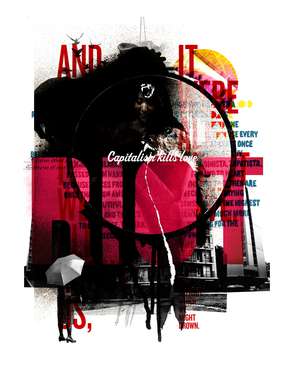
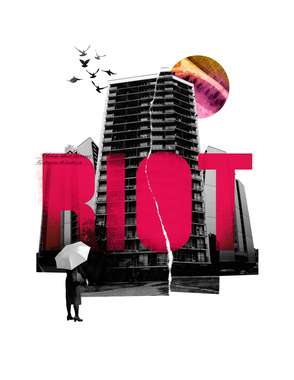
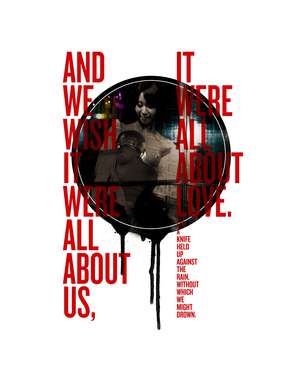
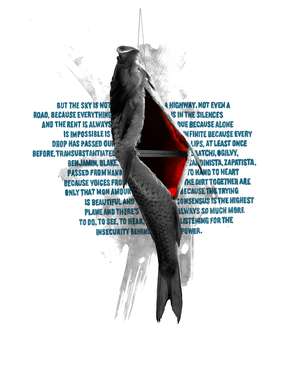
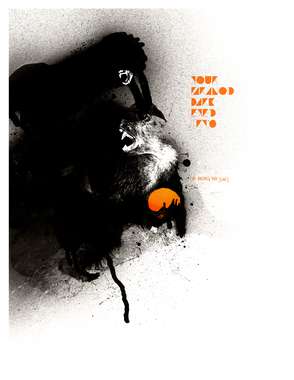
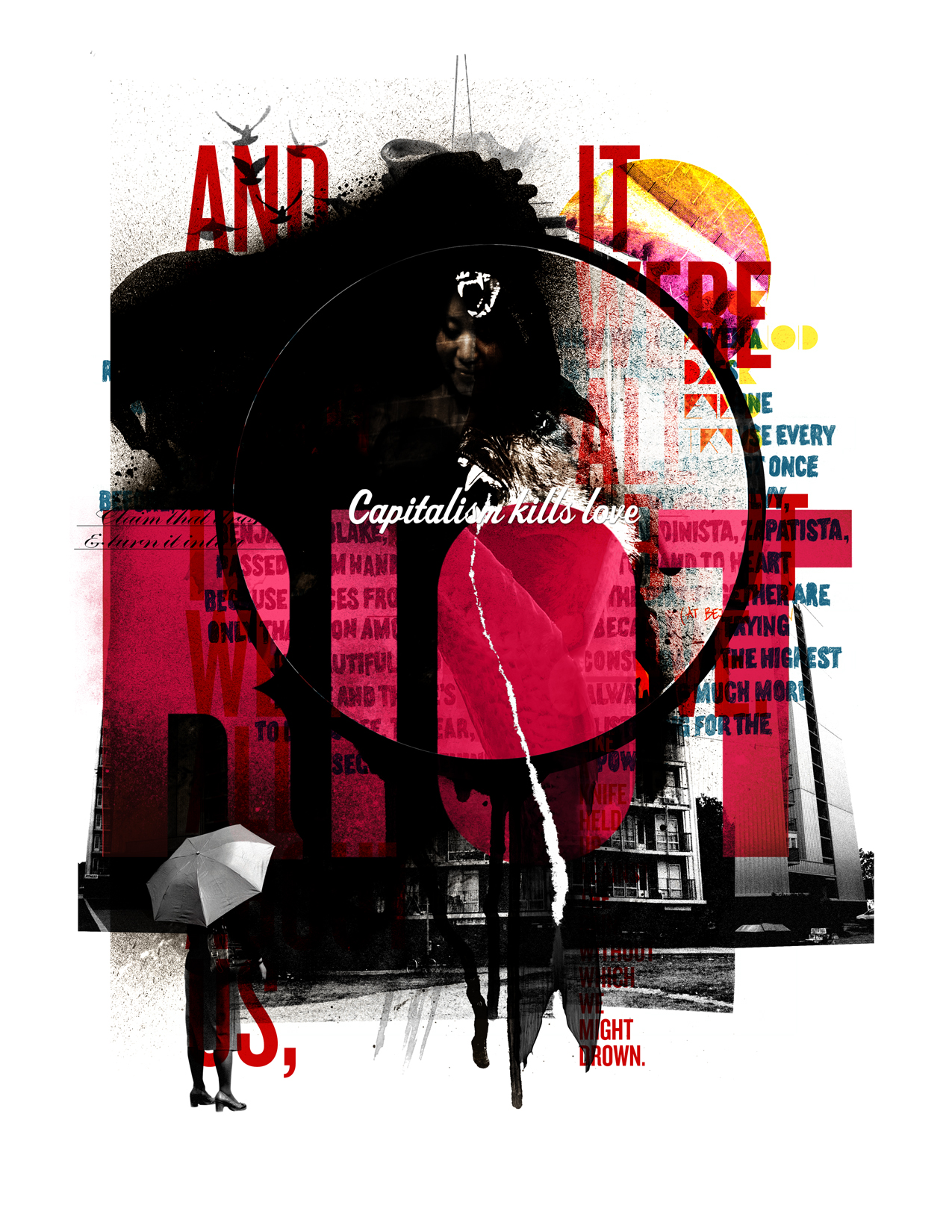

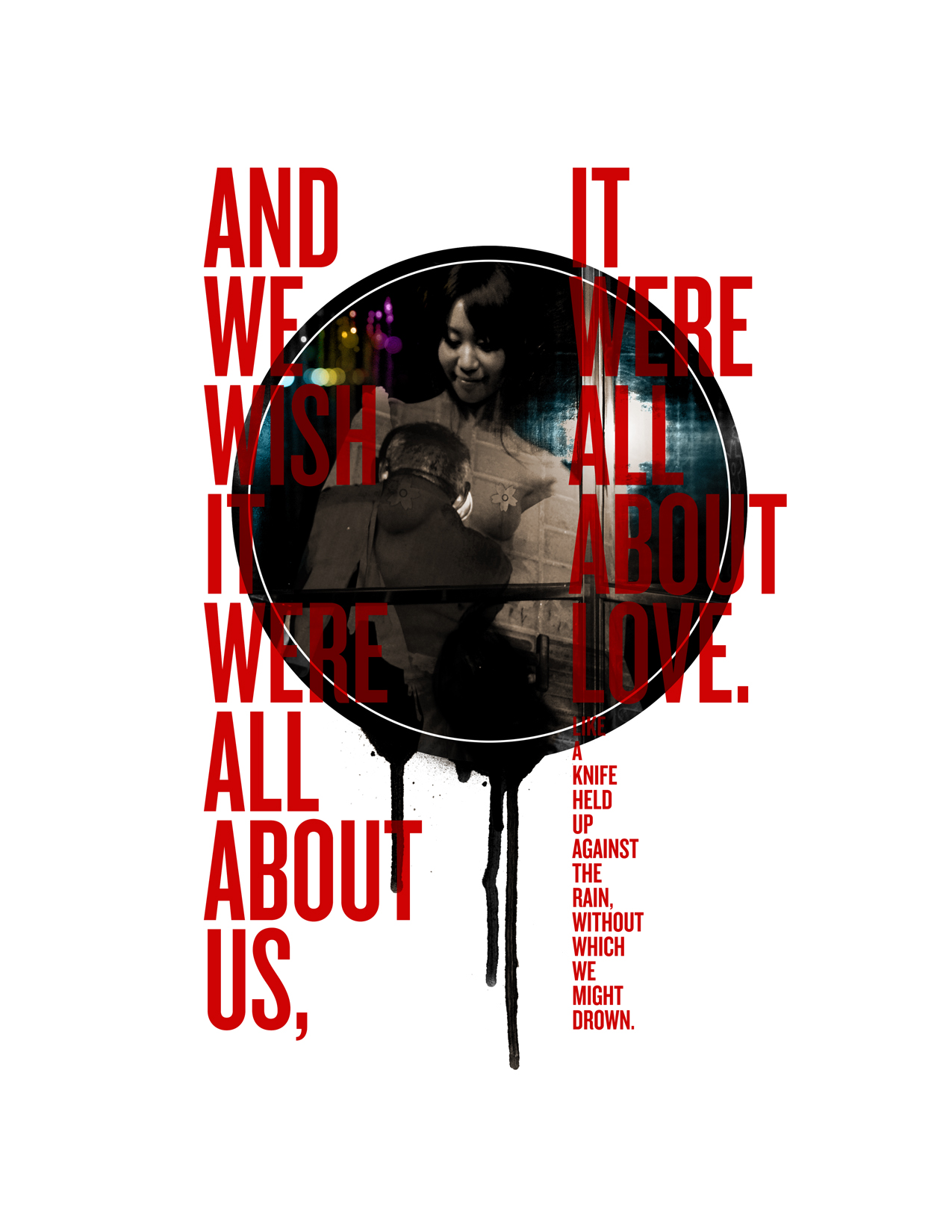


13 years, 1 month ago
Is greatfull to see this kind of work full of visual an conceptual concept.